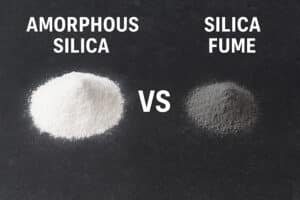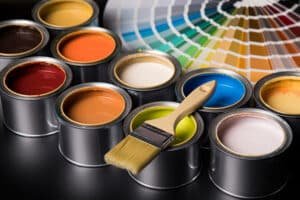
What’s the Difference Between Silica Fume and Amorphous Silica?
When it comes to industrial silica materials, many people confuse amorphous silica with silica fume. While both are forms of non-crystalline silicon dioxide (SiO₂), they

When it comes to industrial silica materials, many people confuse amorphous silica with silica fume. While both are forms of non-crystalline silicon dioxide (SiO₂), they

As the construction industry in the UK continues to pursue higher durability, sustainability, and performance, Metakaolin has emerged as one of the most effective supplementary

Synergistic effect of epoxy resin and silica fume Epoxy resins are widely used in electronic packaging, coatings, and composites due to their excellent adhesion, chemical

The AASHTO M 307:2022 standard, published by the American Association of State Highway and Transportation Officials (AASHTO), specifies the requirements for silica fume (microsilica) used

Resin-bound surfaces have been widely used in the fields of landscaping and municipal engineering due to their advantages of rich colors, diverse patterns and convenient

Water reducers These admixtures reduce the amount of water needed in a concrete mix while maintaining workability. This can lead to several benefits, including increased

Early Discoveries and Initial Use Silica fume, also known as microsilica, was first identified as a byproduct of the silicon and ferrosilicon alloy production processes
The appropriate SiO2 content in silica fume for refractory applications typically ranges from 85% to 96%. High-SiO2 silica fume This type contains 90% to 96%

Silicon oxide powder CAS code 69012-64-2 is also known as silica fume, microsilica, or pyrogenic silica. It is a fine, white powder that is produced
Henan Superior Abrasives Import & Export Co., Ltd © 2001 – 2024 | All Rights Reserved. Privacy Policy